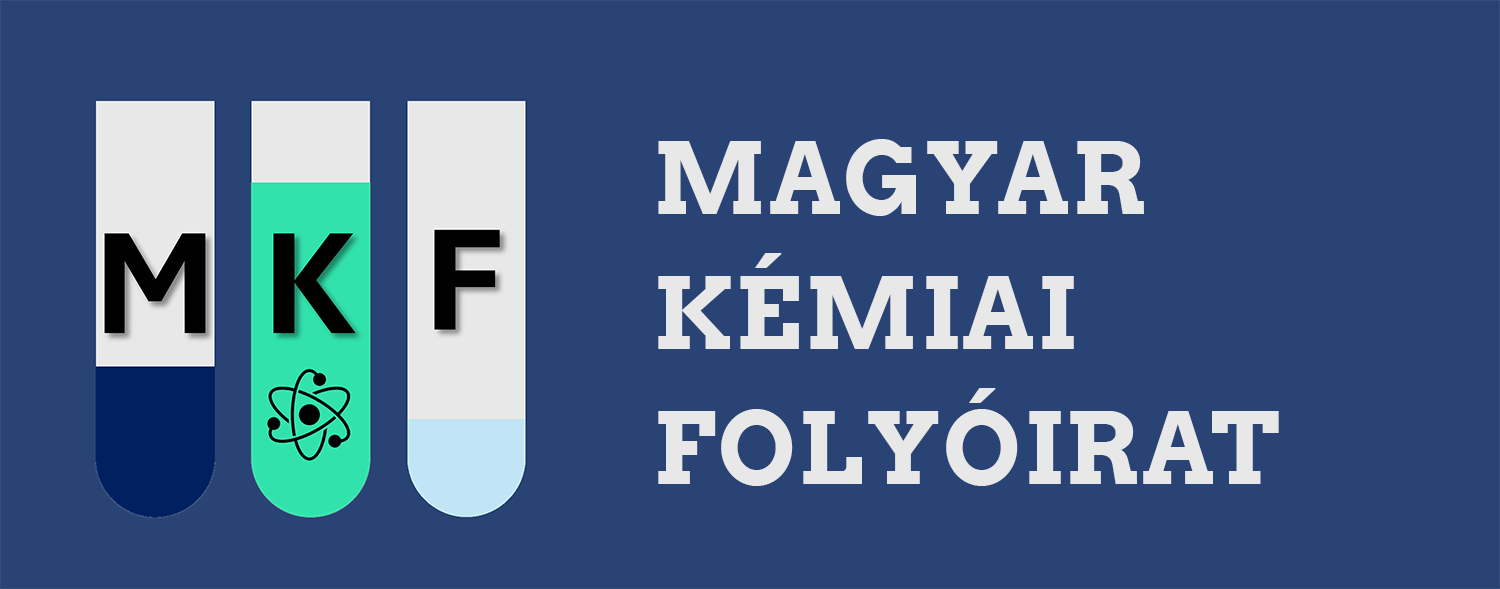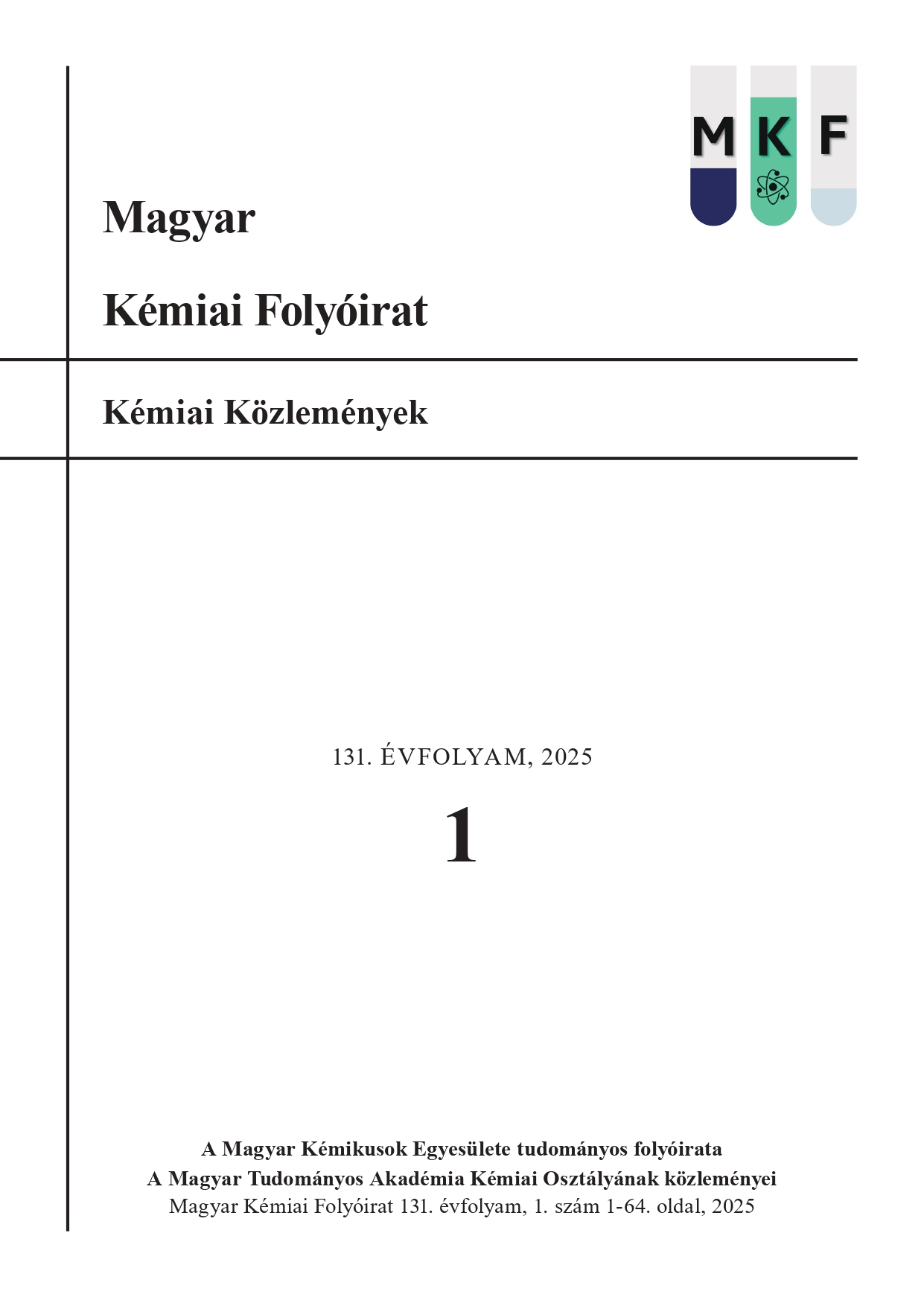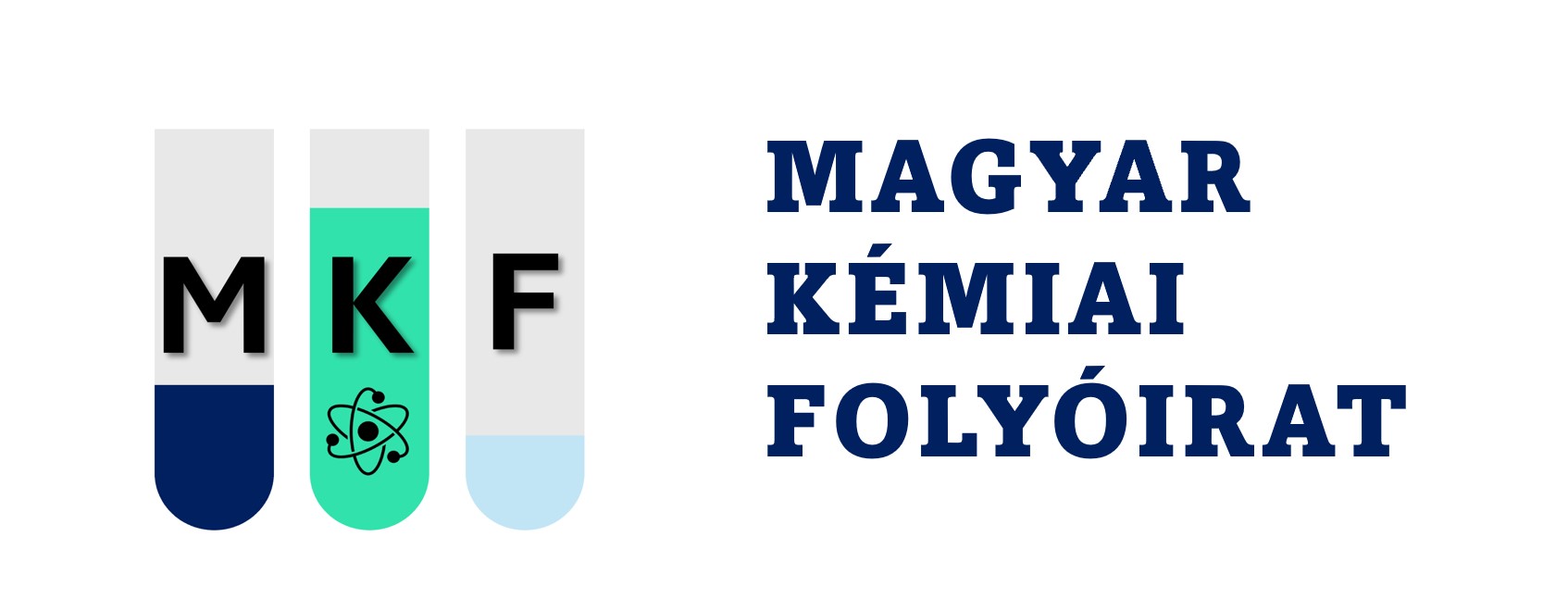Application of prompt-gamma activation analysis to determine the provenance of silicate archaeological finds and their raw materials
Abstract
The main tasks in heritage science, or more specifically in archaeometry, are to analyze our tangible heritage and preserving their condition using modern scientific methods – if possible, in a non-destructive way. The prompt-gamma activation analytical (PGAA) facility, which was built at the Budapest Research Reactor as early as in 1996, provides a tool for such investigations. The main advantage of PGAA is that the composition of an object of any size can be determined with a guided neutron beam, without sampling or damaging the object. The method is primarily suitable for measuring the main geological elements and also some trace elements (H, B, Cl, Nd, Sm, Gd) with high neutron absorption cross-section. Due to its favorable analytical properties, the idea of its applicability in archaeometry came first among the possible applications. The measured data are suitable for determining the origin of raw materials, so-called provenance, workshop identification, and also for filtering out counterfeits. In his paper, the author highlights a significant part of the research conducted at the Budapest Research Reactor over the past 25 years on the archaeometric applications of PGAA, dealing with archaeological finds made of silicate materials. The applicability of the method was examined by measuring international reference samples.






